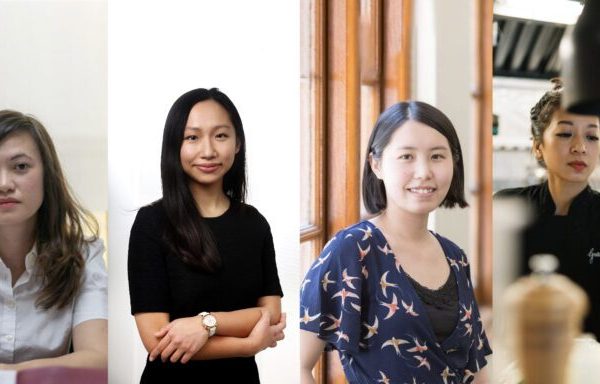Right At Home: How Cradle of Hope supports Macao's most vulnerable children
One morning in 1993, Marjory Vendramini picked up her daily newspaper. On the front page, she read a heart-breaking story: A passer-by discovered a newborn boy inside a trash bin in Macao wrapped in plastic and covered in mice bites. The baby was taken to the hospital where he quickly recovered, but since Macao did not yet have any foster homes for infants, the child could not be discharged until Macao’s Social Welfare Bureau (IAS) found adoptive parents.
Vendramini leapt into action. A missionary from Brazil, she had been living in Macao since 1990 and volunteering at a Christian missionary and outreach group called Youth with a Mission. Together with her husband Jorge, Vendramini offered to foster the boy while IAS searched for a permanent home. Considering the couple’s enthusiasm and extensive social work experience, the IAS agreed that fostering would be the best move for the child.
The bureau delivered the then 2-month-old baby to Vendramini’s home, where he remained for four months until a family in Sweden adopted him. Having proven that they could provide a safe, loving environment for vulnerable youth, the IAS began trusting the couple to shelter more orphaned children under 3 years old.
A year later, Vendramini and her husband officially established their not-for-profit foster organisation, Cradle of Hope Association (COHA). “I’ve always loved being around children and looking after them,” says Vendramini. “But I’m also aware of the hardships many of them face. Founding COHA was my way of creating a place for them to heal.”
Initially, the couple rented an apartment in Taipa, one of Macao’s islands, with enough space to care for up to eight orphaned children at a time. But within just a few years, the association grew in size and scope.
In 1997, Cradle of Hope moved into a much larger space, and three years later they opened Fountain of Hope on the Macao Peninsula. They dedicated this second home to caring for older children from 3 to 14 years old who have been rescued from dangerous situations, such as domestic abuse and serious neglect.
“We started extending our mission to those who didn’t have a home to go back to,” says Vendramini. “For those who grew up with us, COHA is a safe place. It’s a bridge for them to reach into their future.”
COHA’s expansions came at the right time. According to IAS, there were 69 cases of abandoned children in Macao from 1999 to 30 June 2019. In 2008, there were four cases – by 2018, that figure had more than doubled to nine cases. Reports of child abuse have also been on the rise: The Against Child Abuse (Macau) Association recorded 41 cases of child abuse in 2016, compared to nine in 2014. “I wish that Cradle of Hope Association did not need to exist,” says Vendramini. “Unfortunately, many kids are deprived, for one reason or another, from living with their families.”
More than 300 children have lived in COHA’s two homes since that first baby boy in 1993. Before arriving at COHA, children have often been passed from caregiver to caregiver with no sense of safety or stability.
“If children don’t build secure attachments in their early years, they’re likely to have a delay in learning, and possibly problems in adulthood,” says Vendramini. In addition, children who’ve been traumatised are more likely to suffer from depression, anxiety, trust issues, or physical health problems. “These are wounds that time won’t heal unless they get help as soon as possible,” says Vendramini.
Forgiveness is one of the most powerful keys for healing.
Marjory Vendramini
To help children heal, the COHA team includes teachers, psychologists, therapists, counsellors and nurses who offer essential social, educational and moral support to children and young adults. They also integrate various types of therapy, including art and play, which Vendramini says can be effective tools to enhance children’s emotional and cognitive development.
“Play is the way children express themselves,” says Vendramini. “By letting them play and playing with them, we can come to understand their needs and really connect. Drawing has the same effect. Kids share a lot of their emotional thoughts when they’re given a pencil and paper.”
In cases of abuse or neglect, many children eventually return to their parents once IAS deems it safe. Vendramini says the resilience of children never fails to amaze her as, many times, they are able to return home with a forgiving attitude and a better understanding of their family’s problems. “They don’t have any anger [towards] their parents when reuniting,” says Vendramini. “Forgiveness is one of the most powerful keys for healing.”
The relationships that Vendramini and her team forge with children can last a lifetime. Many children return to visit, including Susan Wang*, a 20-year-old university student who grew up within COHA’s foster care system. “Marjory has been an essential guide to so many of us,” says Wang, who moved into COHA at 2 years old. “She has given us homes filled with love… COHA has the power of changing lives. It did with mine.”
*Name changed at the request of the subject.

